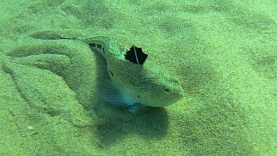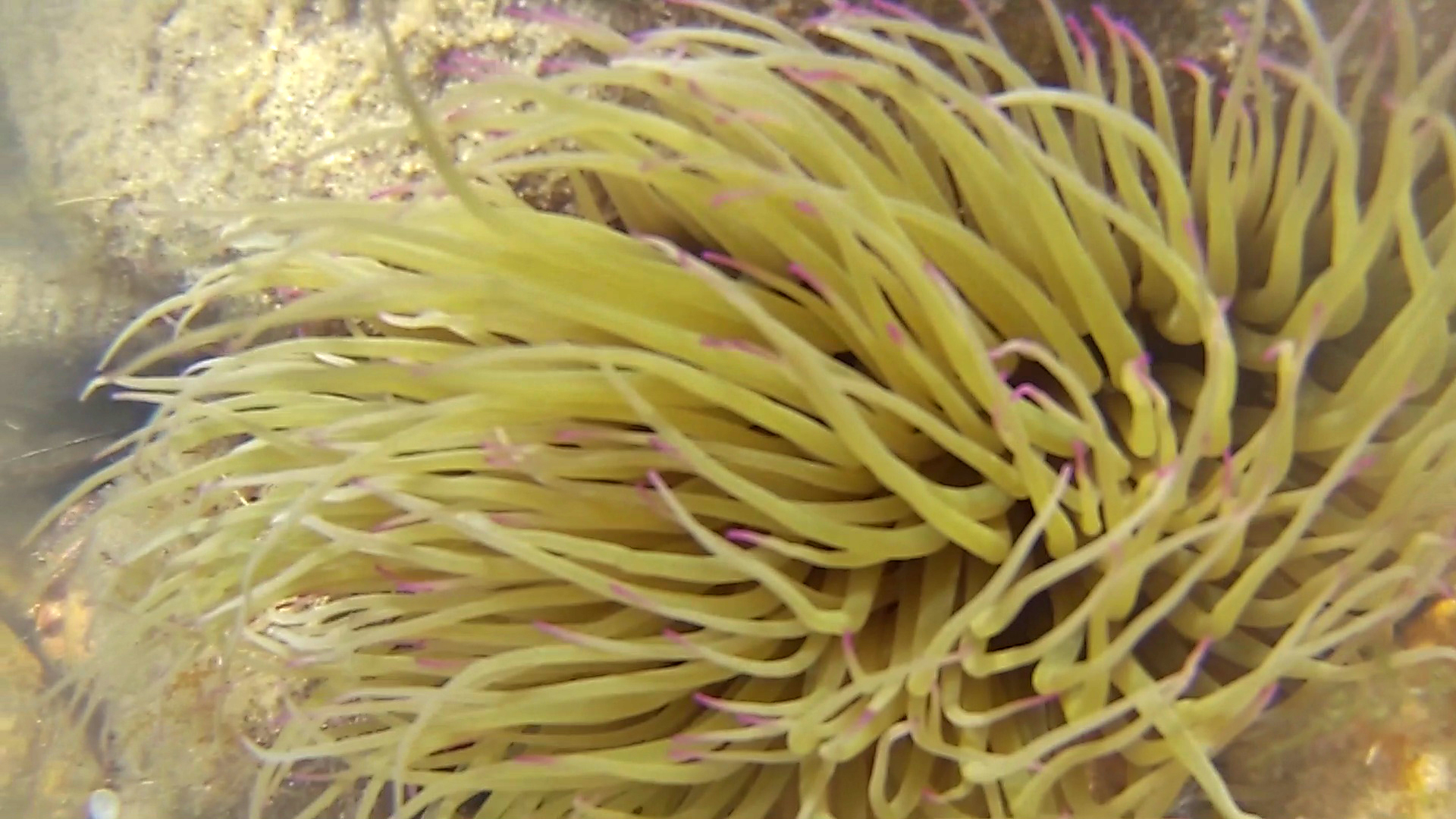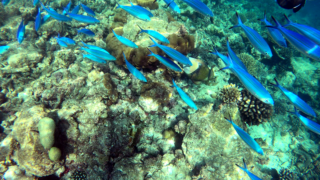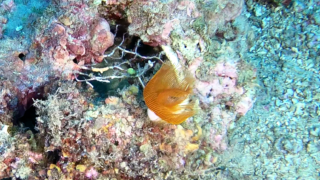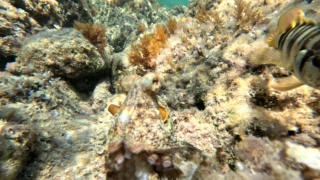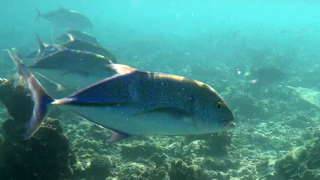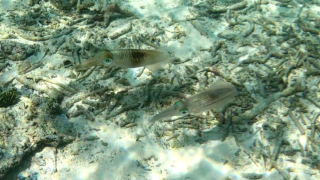Mucilage Cyanobacteria Oscillatoriales Algae
Mucilage on the coast of Livorno in the sea between Castiglioncello and Marina di Castagneto. Mucilage Cyanobacteria Oscillatoriales Algae intotheblue.it

This is a phenomenon reported a few days ago but as we can see from the video still in progress and which probably still has to reach its climax.
Below we report the news found on the web and a series of images taken between 2 and 10 meters deep on 08/30/2019 that document how this phenomenon is still ongoing.

On Wednesday 28 August 2019, the Beach Delegation of the Coast Guard of San Vincenzo and some citizens reported to the ARPAT Department of Livorno, the presence of abundant materials on the coast between Castiglioncello and Marina di Castagneto Carducci. On the same day, the Agency’s Technicians carried out an inspection, taking some samples of these materials, which were analyzed at the ARPAT Biology Laboratory in Pisa.

The investigations carried out have made it possible to verify that these are mucilaginous aggregates of filamentous cyanobacteria belonging to the order of the Oscillatoriales, with the presence of Calcareous macroalgae, Licmophora Sp. And other pinnate Diatoms. These mucilaginous aggregates are polysaccharide in nature and are not toxic. Proliferation can be associated with rising sea water temperatures. Mucilage Cyanobacteria Oscillatoriales Algae intotheblue.it
http://www.arpat.toscana.it/notizie/notizie-brevi/2019/mucillaggini-a-castiglioncello https://iltirreno.gelocal.it/livorno/cronaca/2019/08/30/news/mucillaggine-in-mare-l-arpat-non-e-materiale-tossico-1.37396795 http://www.ansa.it/canale_ambiente/notizie/natura/2019/08/30/arpat-mucillagine-su-costa-livornese_8cb437d0-54be-4cab-b6dc-50c1f2f95afa.html
 Mucilage on the coast of Livorno in the sea between Castiglioncello and Marina di Castagneto
Mucilage on the coast of Livorno in the sea between Castiglioncello and Marina di Castagneto
Mucilage is a thick, gluey substance produced by nearly all plants and some microorganisms. These microorganisms include protists which use it for their locomotion. The direction of their movement is always opposite to that of the secretion of mucilage. It is a polar glycoprotein and an exopolysaccharide. Mucilage in plants plays a role in the storage of water and food, seed germination, and thickening membranes. Cacti (and other succulents) and flax seeds are especially rich sources of mucilage.
Exopolysaccharides are the most stabilising factor for microaggregates and are widely distributed in soils. Therefore, exopolysaccharide-producing “soil algae” play a vital role in the ecology of the world’s soils. The substance covers the outside of, for example, unicellular or filamentous green algae and cyanobacteria. Amongst the green algae especially, the group Volvocales are known to produce exopolysaccharides at a certain point in their life cycle.
https://en.wikipedia.org/wiki/Mucilage

Cyanobacteria /saɪˌænoʊbækˈtɪəriə/, also known as Cyanophyta, are a phylum of bacteria that obtain their energy through photosynthesis. They are the only photosynthetic prokaryotes able to produce oxygen. The name cyanobacteria comes from the color of the bacteria (Greek: κυανός, romanized: kyanós, lit. ‘blue’). Cyanobacteria, which are prokaryotes, are also called “blue-green algae”, though some modern botanists restrict the term algae to eukaryotes. Cyanobacteria appear to have originated in freshwater or a terrestrial environment.
Unlike heterotrophic prokaryotes, cyanobacteria have internal membranes. These are flattened sacs called thylakoids where photosynthesis is performed.
Phototrophic eukaryotes such as green plants perform photosynthesis in plastids that are thought to have their ancestry in cyanobacteria, acquired long ago via a process called endosymbiosis. These endosymbiotic cyanobacteria in eukaryotes then evolved or differentiated into specialized organelles such as chloroplasts, etioplasts and leucoplasts.
By producing and releasing oxygen (as a byproduct of photosynthesis), cyanobacteria are thought to have converted the early oxygen-poor, reducing atmosphere into an oxidizing one, causing the Great Oxygenation Event and the “rusting of the Earth”, which dramatically changed the composition of the Earth’s life forms and led to the near-extinction of anaerobic organisms.

